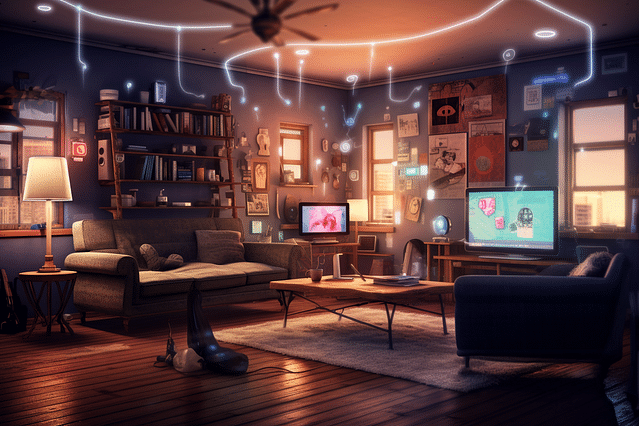
Getting started with Arduino WiFi Home Automation
Home automation has become increasingly popular over the years, with more and more people looking to take control of their homes through technology. One popular way to do this is with the use of Arduino Uno, a microcontroller that offers a vast number of possibilities. With its built-in WiFi capabilities, you can create a smart home that can be accessed from anywhere with an internet connection.
In this post, we'll show you how to get started with Arduino WiFi home automation and what you can do with it.
What is Arduino Uno?
Arduino Uno is an open-source microcontroller board based on ATmega328P microcontroller chip. It has a wide range of applications from electronic projects to home automation. It is highly customized and can be programmed to control or interact with other devices.
What is Home Automation?
Home automation refers to devices and systems that can be controlled remotely or automatically. This can include lighting, heating, home security, entertainment, and more. By automating your home, you can reduce energy consumption, increase security, and simplify your life.
Arduino and Home Automation
Arduino Uno is a great platform for home automation due to its versatility and ease of use. With its built-in WiFi capabilities, you can easily connect it to your home network and control your devices from anywhere. You can also integrate it with other smart home devices, such as Amazon Echo or Google Home, to create a fully automated home.
Getting Started with Arduino Uno and WiFi
To get started with Arduino Uno and WiFi home automation, you will need the following:
- Arduino Uno board
- USB cable
- Breadboard
- Jumper wires
- Relay module
- WiFi module
- LED
- Resistance
Once you have all these components, you can start by connecting the LED and resistance to the breadboard. Then, connect the relay module to the Arduino Uno board using the jumper wires. Finally, connect the WiFi module and upload the code to the board.
Creating a Home Automation System
Now that you have your Arduino Uno setup, you can start creating a home automation system. Here are a few ideas to get you started:
- Automated Lighting: Connect your lights to the Arduino Uno board and control them remotely using your smartphone or tablet.
- Automatic Blind Control: Connect your blinds to the Arduino Uno board and control them remotely from your smartphone or tablet.
- Smart Thermostat: Connect your thermostat to the Arduino Uno board and control the temperature of your home remotely.
- Security System: Connect your security system to the Arduino Uno board and monitor your home remotely.
Conclusion
Arduino Uno and WiFi home automation is a great way to take control of your home and make it smarter. With its easy-to-use platform, you can create a customized home automation system that meets your specific needs. Start by experimenting with the LED, relay module, and WiFi module, and before you know it, you'll have a fully automated home at your fingertips.
Posted on: Mar 9, 2022 Last updated at: May 4, 2023